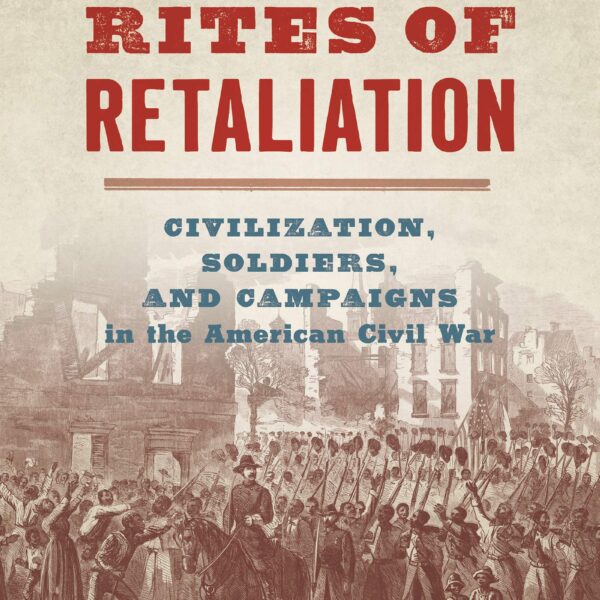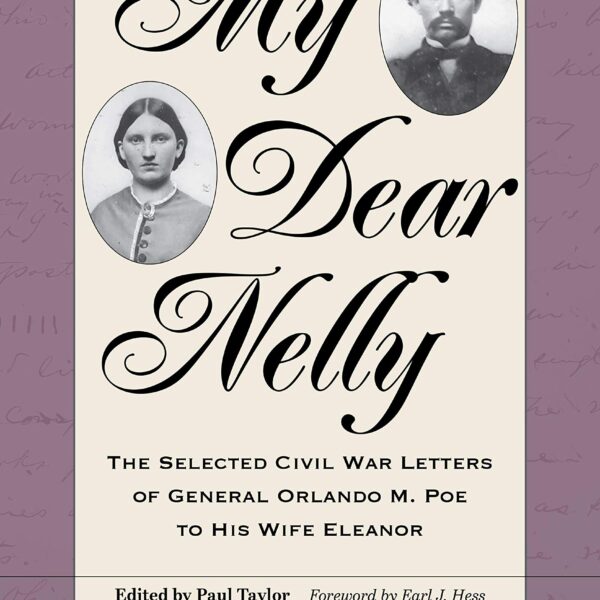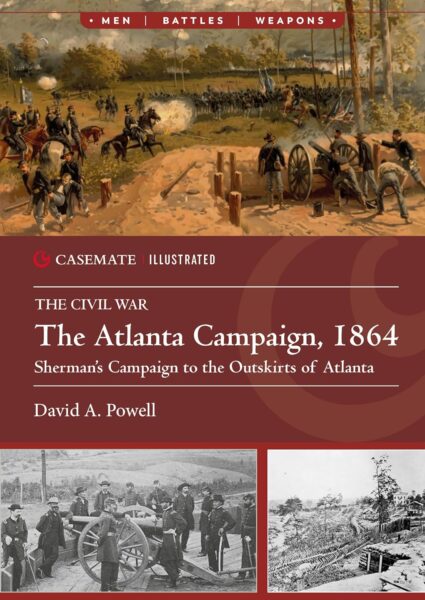In 1808, the U.S. government made it illegal to import enslaved Africans into the United States. Twelve years later Congress went a step further, declaring participation in the Atlantic slave trade to be an act of piracy punishable with death. Nevertheless, for another half century, an illegal commerce in human beings continued as African men, women and children were forced onto slaving vessels and sent to the Americas to be worked to death on plantations in Brazil, Cuba, and the United States.
In 1850, Brazil effectively shut down its slave trade, and in the decade before the Civil War, very few ships landed on U.S. soil. However, a flourishing slave trade continued to Cuba, with many vessels sailing under the American flag. This post-1850 Atlantic slave trade was notably smaller than it had been earlier in the century. Between 1800 and 1850, an estimated 3.7 million captives were transported from Africa (more than 70,000 per year). Between 1853 and 1867, the number shrunk to fewer than 200,000 (pp. 6, 21, 125).
Throughout the first half of the nineteenth century, the slave trade flourished on vessels flying the U.S. flag because the British navy was not allowed to search American ships for evidence of slaving. Things began to change with the ascendance of a Republican president in 1861. Abraham Lincoln tasked his secretary of the interior with combating the illegal trans-Atlantic slave trade. The U.S. marshal in Manhattan, Robert Murray, invited the other federal marshals to his district where he instructed them on how to detect slavers. Federal prosecutors also took their job more seriously than had those who served under earlier Democratic administrations. In New York, Delafield Smith successfully prosecuted several notorious slavers, including Nathaniel Gordon—a sea captain from Maine who had run several cargos from Africa to the Americas in the previous decade.
Nathaniel Gordon would become the first—and only—slave trader to be executed for his crimes in the United States. Pressure mounted on Lincoln to commute Gordon’s sentence to life in prison, but the president would not waver. On February 4, Lincoln issued a proclamation granting Gordon a two-week stay so that he might make “the necessary preparation for the awful change which awaits him.” Lincoln’s rationale was simple. Since no one had ever been hanged for the crime, Gordon likely believed that he would be released, and he had not prepared himself to meet his maker. Lincoln would give him that time. But Lincoln concluded, “In granting this respite, it becomes my painful duty to admonish the prisoner that, relinquishing all expectation of pardon by Human Authority, he refer himself alone to the mercy of the common God and Father of all men.”1
Shortly after Gordon’s execution, Lincoln’s secretary of state, William H. Seward, negotiated a treaty with the British to permit the Royal navy to search suspected slavers that were flying the American flag. This new international agreement facilitated British efforts to suppress the slave trade, contributing to its ultimate defeat. In fact, Seward told Lincoln that the Lyons-Seward Treaty was “the most important act of your life and of mine” (231).
Several excellent studies of the illegal trans-Atlantic slave trade have appeared in recent years, including Leonardo Marques’ The United States and the Transatlantic Slave Trade to the Americas [2016] and Ron Soodalter’s Hanging Captain Gordon: The Life and Trial of American Slave Trader [2006]. Harris’s The Last Slave Ships joins these works, bringing new information to the fore.
Following the close of the Brazilian trade in 1850, slave traders from various places in the Atlantic World relocated to New York City to manage their businesses from that international commercial hub. Many hands were involved in making a slaving voyage successful, and, Harris writes, it was done so that “the voyage benefited from investment and logistical support on every leg” (80). In a chapter entitled “Slave Traders at Work,” Harris describes in precise detail the complex funding schemes that slave traders and their investors developed not only to finance their voyages, but also to conceal who really owned the vessels so that foreign-owned ships could gain the protection of the U.S. flag prior to the 1862 Lyons-Seward Treaty.
Harris has also uncovered what he calls a “ring of spies” that the British employed throughout the Atlantic Basin to (in the words of Prime Minister Lord Palmerston) “kill [the] trade with ‘silver lances’” (138). From the British perspective, “A few thousand pounds spent [on spies] would not amount to a third of the annual cost of one cruiser, and would be more effective than half a dozen” (145). Harris carefully describes the motives and methods of this spy ring, with particular focus on Emilio Sanchez, a Cuban émigré who had settled in New York in 1850. Although Sanchez ultimately had only a minor effect on suppression of the slave trade, his story illuminates the various strategies undertaken by world leaders to crush this nefarious traffic.
There is much to admire in this fascinating study of the demise of the illegal trans-Atlantic slave trade. Harris’s careful recreation of what transpired in the back rooms of slave traders’ offices explains an important aspect of global commerce, and his description of the British spy network reveals how the discovery of a new set of records can change the way we understand a familiar event. In its impressive synthesis of unpublished primary sources from archives around the world, The Last Slave Ships is a model for scholars who wish to place the U.S. Civil War within a broader international context.
Jonathan W. White is associate professor of American Studies at Christopher Newport University. This fall, he will publish To Address You As My Friend: African Americans’ Letters to Abraham Lincoln.





